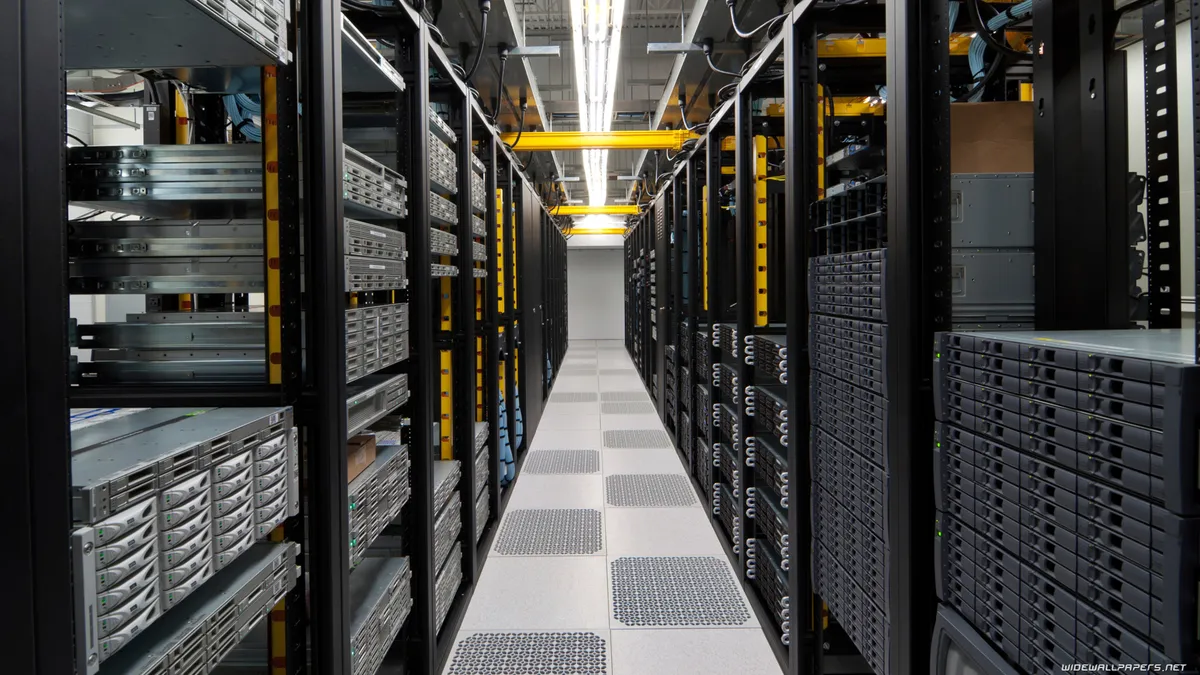Over 40% of large-scale enterprises actively use AI, while another 40% are exploring AI options1. Despite this massive interest, 38% of IT professionals cite a lack of technology infrastructure2 as a major barrier to AI success. The road to successfully deploying and operating AI infrastructure at scale can be riddled with unexpected challenges.
Unlike traditional IT, AI infrastructure involves new and complex individual technologies, requiring specialized knowledge to design, build, deploy, and manage a complete integrated system. Organizations rushing into this endeavor without the right expertise often end up with disappointing results – poor performance, wasted GPU resources, frustrated data scientists, and lost investment.
This article delves into three common pitfalls when building AI infrastructure, and provides insights into avoiding them.
Pitfall #1: AI cluster design bottlenecks and limitations
- The Problem: Designing an AI cluster without fully understanding the performance bottlenecks and data center limitations can doom your AI project from the start. Imagine architecting a house without ever seeing the lot where the house will sit, and then adjusting the design as you build it – that's the risk of using unvalidated AI cluster architectures. Sub-optimal designs that incorporate insufficient datacenter power and cooling and/or inefficient network and storage capabilities will not scale with your workloads and often inflate costs, cripple performance, and limit your infrastructure’s potential.
- The Solution: Don't underestimate the importance of well-architected, pre-configured, validated, and tested AI infrastructure designs that reliably scale and grow with your workloads and datacenter capabilities. Invest in solutions that consider factors like target datacenter power and cooling capabilities along with storage and network topology from the onset to ensure you get the most out of your AI infrastructure today and tomorrow.
Pitfall #2: Pre-deployment integration and testing
- The Problem: Building and integrating AI clusters is like putting a 1,000,000-piece jigsaw puzzle together where every single piece is vital to completing the puzzle. Traditional system integration methods are not suitable for the complex components and intricate cabling involved in building AI infrastructure. For example, integrating InfiniBand networks or addressing scalable storage requirements require specialized knowledge and skill. Additionally, skipping pre-production integration and performance testing of full racks can lead to a cluster that looks good on paper but performs poorly once deployed.
- The Solution: Develop or work with partners who have proven experience and methodologies building large AI clusters at true scale – thousands and tens of thousands of GPUs. In addition, run thorough pre-production testing to ensure seamless integration and optimal performance of your AI cluster at the time of deployment.
Pitfall #3: Operating and managing at scale
- The Problem: Even AI-experienced and deeply resourced organizations struggle with GPU availability in their AI infrastructure, especially when there are thousands of nodes and GPUs to manage. Most struggle to keep their GPU nodes in the 30-80% availability range. This significantly impacts your ROI, potential revenue streams, and ability to utilize your AI infrastructure to its full potential. The necessary skills, knowledge and tools needed to monitor and manage the health of AI infrastructure and all the accompanying components like GPUs, transceivers and liquid cooling systems is often underestimated.
- The Solution: Invest and empower your team with purpose-built AI cluster management tools and develop processes to diagnose and troubleshoot performance issues. Furthermore, get expert help to identify predictive failure patterns and signatures, implement automated processes to rapidly respond to failures, and operationalize spares depots for rapid parts replacement.
Navigating these pitfalls require more than an understanding of AI hardware. It demands expertise in AI-specific infrastructure software and hardware design, meticulous attention to integration details, and a proactive approach to operational management. As AI continues to reshape industries, having a trusted and experienced partner that can help you rapidly deploy high-performing AI infrastructure and reliably manage it is essential for long-term success.
Proof points from an experienced AI infrastructure partner
Penguin Solutions™ has been designing, building, deploying and managing AI infrastructure since 2017 and has deployed and managed more than 75,000 GPUs. Penguin Solutions has achieved over 95% availability for Meta's massive fleet of GPUs, integrated innovative immersion cooling technology for Shell, and recently deployed Georgia Tech’s NVIDIA-based AI supercomputer. Penguin Solutions provides assured infrastructure for critical, demanding AI workloads through its OriginAI® infrastructure solution. OriginAI simplifies AI deployment and management, maximizes GPU availability and utilization, and delivers predictable performance and optimal ROI by delivering proven, pre-defined AI infrastructure architectures integrated with validated technologies that are backed by Penguin's intelligent, intuitive cluster management software and expert services. Our AI infrastructure solution experts can help you unlock your AI infrastructure’s full potential!
1 IBM Global AI Adoption Index 2023
2 ColemanParkes IT Survey 2023










